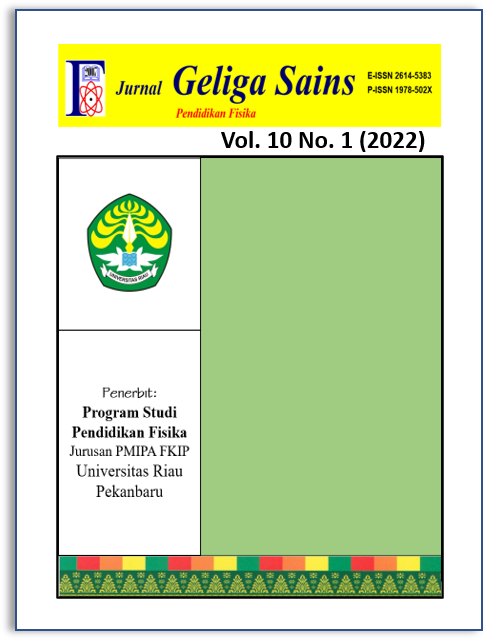High School Students’ Responses to the Magic Number Method as an Alternative for Solving Relativistic Kinetic Energy Problems
Kata Kunci:
Student response, relativistic kinetic energy, magic number methodAbstrak
Relativistic energy is a material that is considered difficult by students because the general solution takes quite a long time. This is based on the results of interviews with students of SMAN Plus Sukowono. The magic number method is a method using the Pythagorean principle through special numbers that are often encountered in relativistic energy problems. The purpose of the research was to obtain data on student responses to the magic number method as an alternative solution to the relativistic kinetic energy problem that makes it easier for students to solve relativistic energy problems. The research method used by the researcher is the survey research method with descriptive analysis. The respondents used were 28 students of class XI MIPA SMAN Plus Sukowono and used an assessment instrument in the form of a response questionnaire. Student response questionnaires were compiled based on Stellen M. Chafe's theory which was based on the cognitive, affective, and conative dimensions. The results of the research on student responses to the magic number method as an alternative solution to the problem of solving relativistic kinetic energy problems obtained percentage data on the cognitive dimension of 72.93% in the positive category, the affective dimension of 80.63% in the very positive category and the cognitive dimension in 75% in the positive category. The average of the overall response dimensions is 76.19% in the positive category. This research can be concluded that the magic number method can be used in physics learning the theory of relativity.




